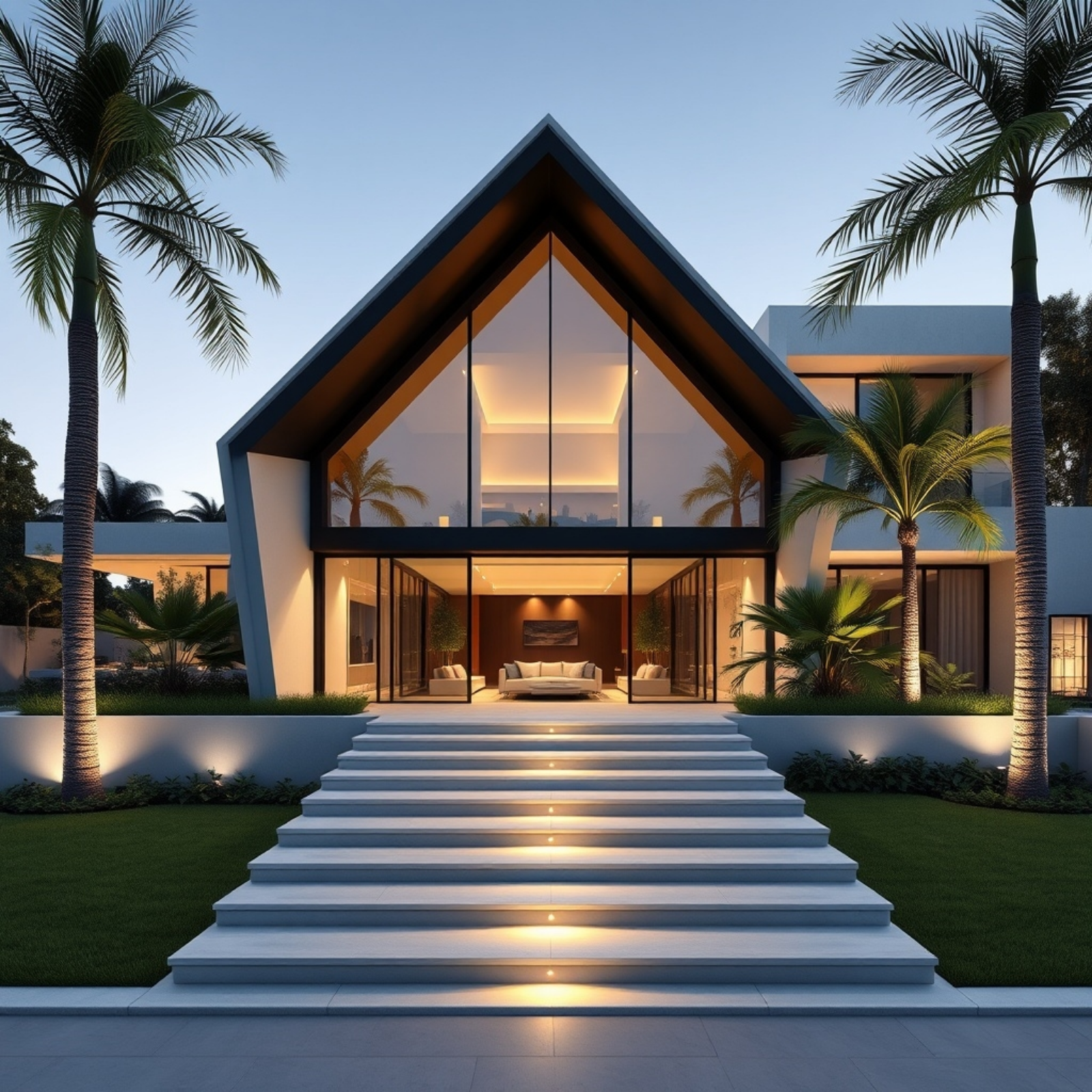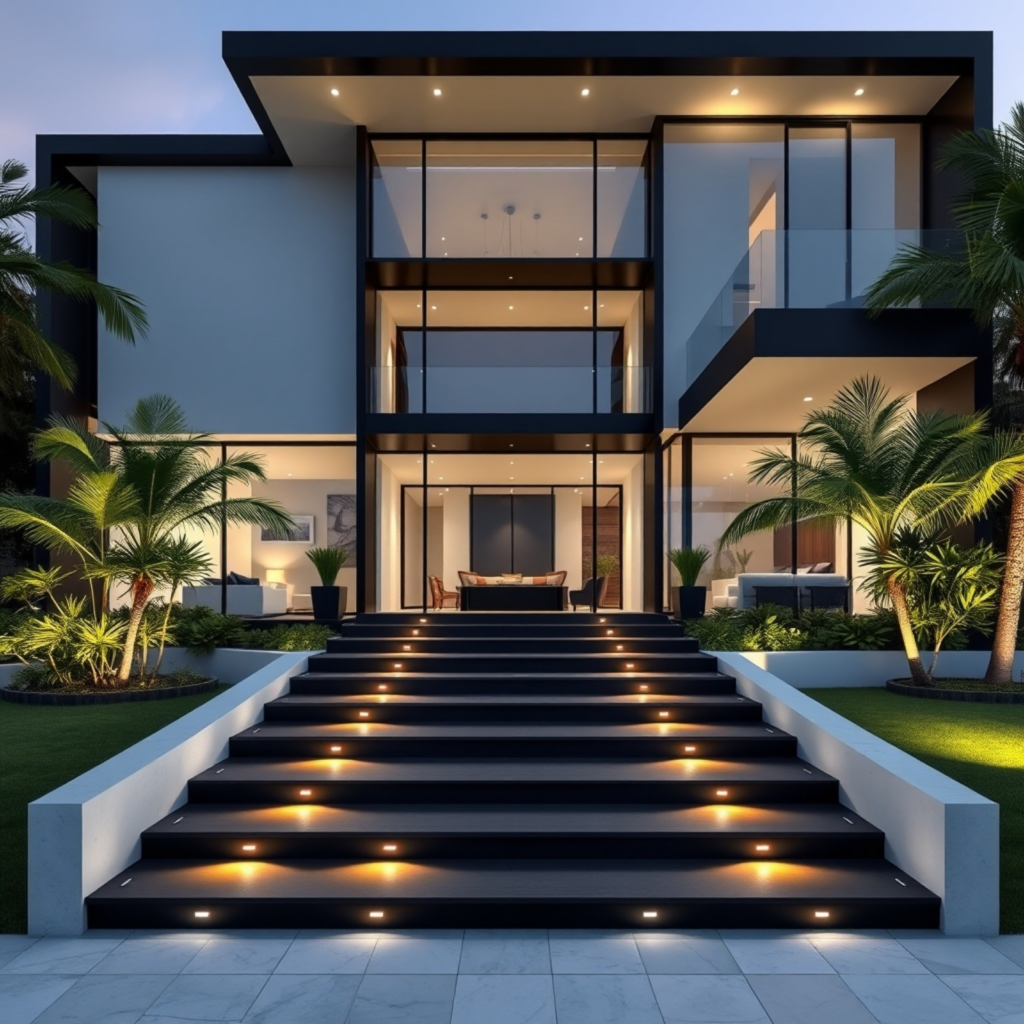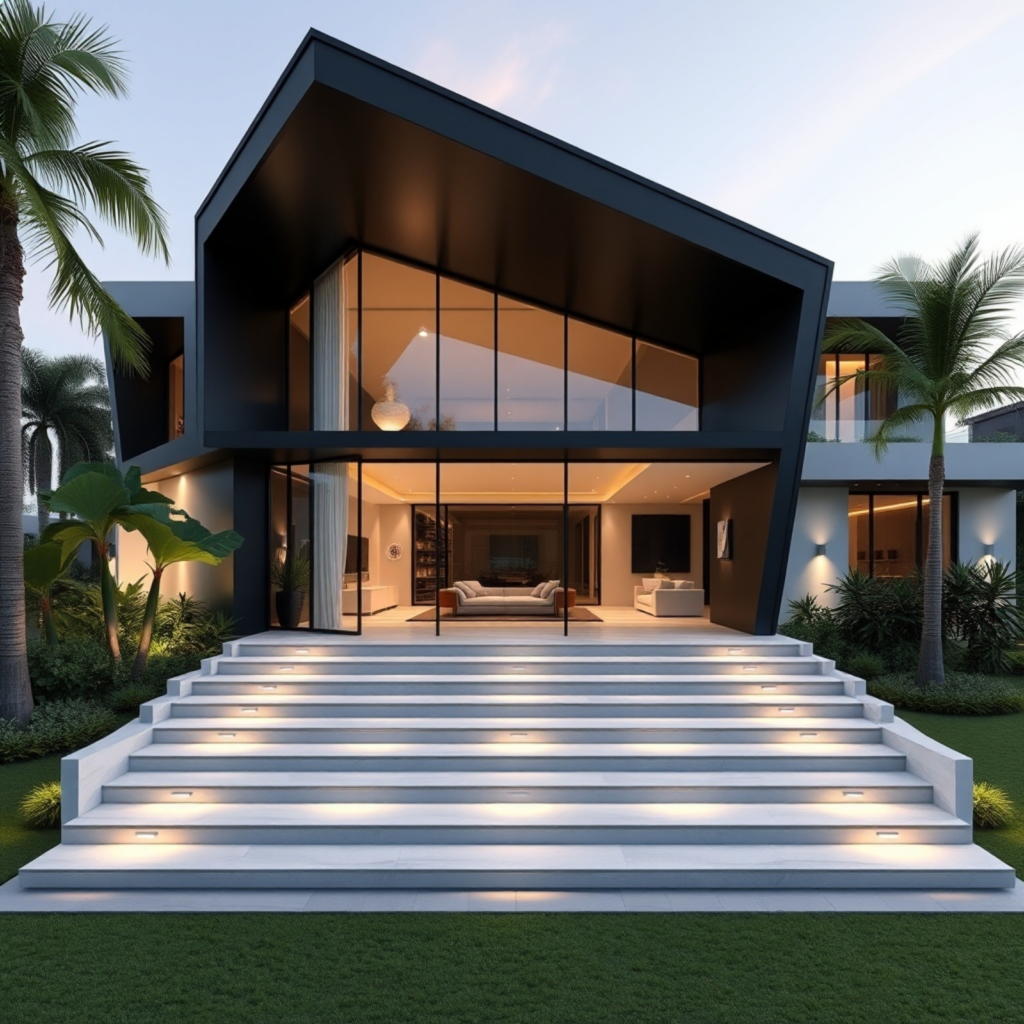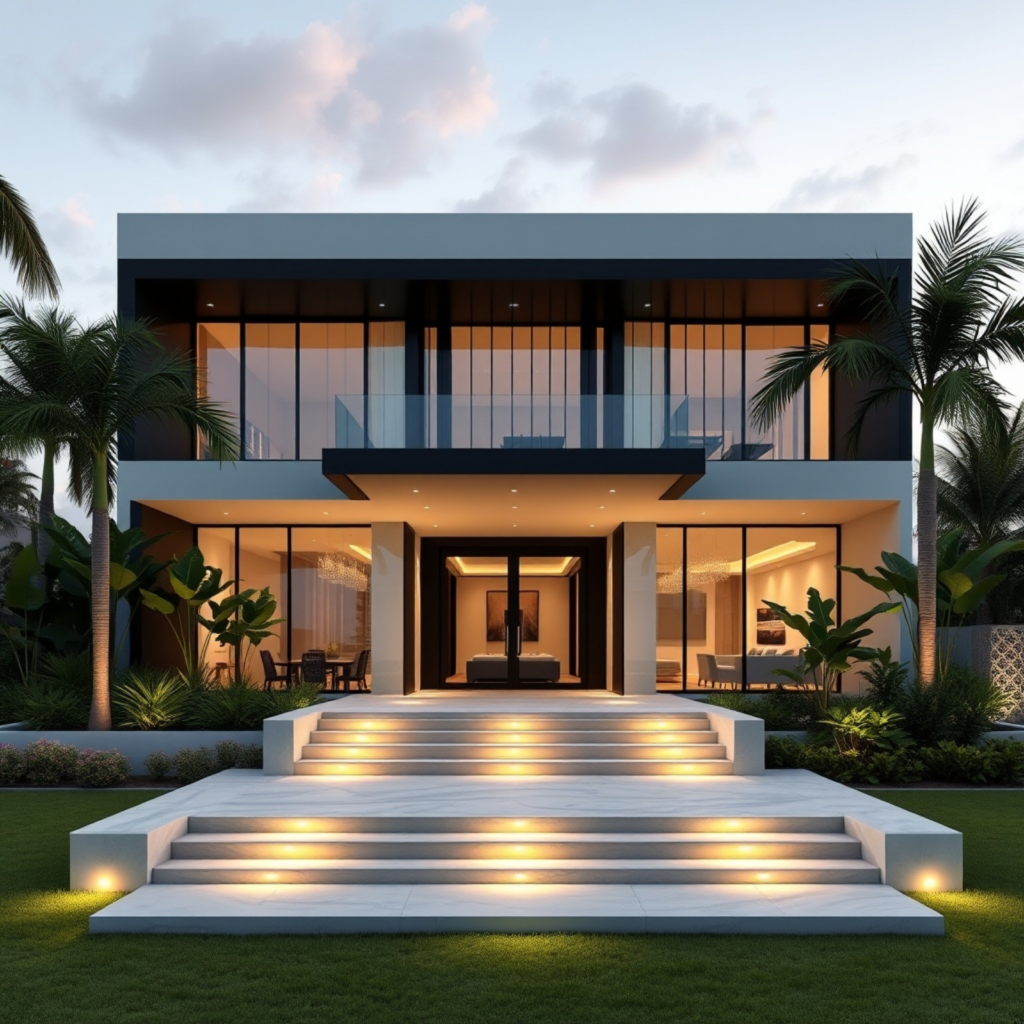

Introduction to Modern Home Architecture
Modern architecture has been at the forefront of design trends, emphasizing minimalism, functionality, and the use of innovative materials. As both aesthetic appeal and environmental sustainability become crucial in today’s housing market, architects, builders, and investors are moving towards sleek, energy-efficient homes that integrate smart building technologies.
Modern home designs focus on open-plan spaces, seamless transitions between indoor and outdoor environments, and energy-efficient systems that not only benefit the homeowner but also reduce the building’s environmental impact. From solar panels to automated lighting systems, today’s architectural projects prioritize both form and function.

Smart Building Innovations in Modern ArchitectureOne of the cornerstones of modern home design is smart building technology. Smart homes are designed to be energy-efficient and intuitive, using automation to manage lighting, temperature, and security.
These homes can be controlled remotely using smartphones, integrating with voice assistants and other technologies. As architects plan the layout of modern homes, they must consider the placement of wiring, sensors, and control panels to ensure smooth automation.
Key smart building trends include:
Automated Lighting and Temperature Control: Homeowners can now control their lighting and heating systems from anywhere in the world through apps or voice commands.
Energy Management: Smart homes allow for real-time monitoring of energy consumption, which can help reduce costs and environmental impact. Features like smart thermostats and energy-efficient appliances are now standard in modern homes.

Exterior Design Tips for Modern Homes
The exterior of a home is equally as important as the interior when it comes to design. A well-designed exterior can elevate a property’s curb appeal, attracting both buyers and investors. Architects must choose materials that are both aesthetically pleasing and durable.
Material Selection: Modern homes often use materials like glass, steel, and concrete to create clean lines and minimalist designs. These materials are not only visually striking but also sustainable.
Landscaping: A modern home design isn’t complete without thoughtfully planned outdoor spaces. Landscape design should complement the home’s architecture, with low-maintenance plants and outdoor seating areas that enhance the home’s natural surroundings.
Exterior Lighting: Pathway lights, architectural accent lighting, and smart lighting systems can enhance the aesthetic appeal and safety of modern homes.


Interior Design Tips for Modern Homes
Modern interior design is all about simplicity, comfort, and elegance. With open-plan living becoming more popular, the focus is on creating spaces that flow naturally while still feeling cozy and functional.
Furniture: Modern furniture is ergonomic, stylish, and functional. Multi-purpose furniture pieces, such as storage ottomans or sofa beds, allow homeowners to make the most of smaller spaces without sacrificing comfort.
Color Schemes: Neutral tones like whites, grays, and blacks are popular in modern homes. However, bold accent colors can be used strategically to create focal points in a room.
Textures: Combining different textures, such as wood, leather, and metal, adds depth and interest to modern interiors. Natural materials also bring warmth to minimalist spaces.

Construction Tips for Builders and Investors
Building a modern home requires careful planning, especially when it comes to budget and regulations.
Here are a few tips for construction professionals:
Energy-Efficient Materials: Opt for sustainable building materials such as bamboo, reclaimed wood, or recycled steel. These materials are not only eco-friendly but also durable.
Future-Proofing Designs: Homes should be designed with the future in mind, allowing for easy upgrades as technology advances. Flexible floor plans and modular designs are excellent options for investors looking to appeal to a wide range of buyers.
Building Codes and Sustainability: Ensure that designs meet local building codes and standards, especially when it comes to green building certifications like LEED or BREEAM.Conclusion
Modern architecture combines beauty, functionality, and sustainability. By integrating smart home technology, selecting eco-friendly materials, and creating flowing, minimalist spaces, architects and builders can meet the demands of today’s environmentally conscious and design-savvy homeowners. For investors, modern home designs offer long-term value, making them an excellent choice in today’s competitive real estate market.
